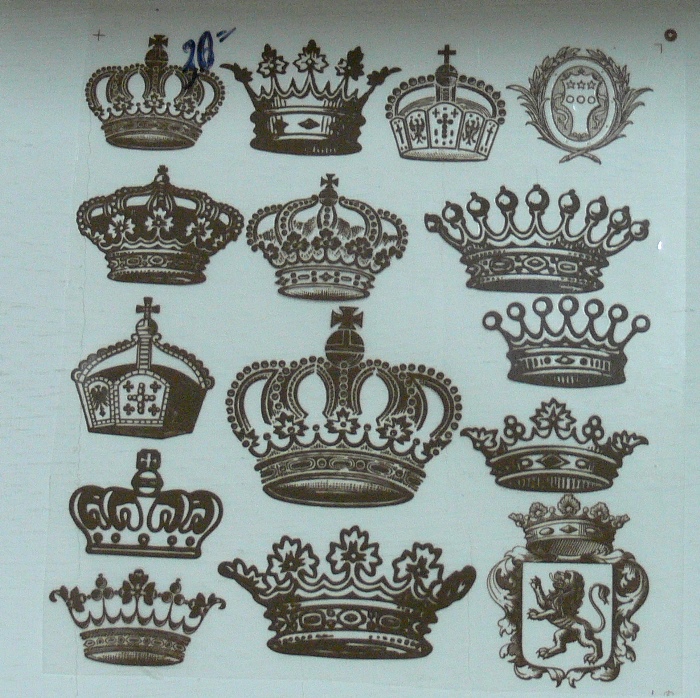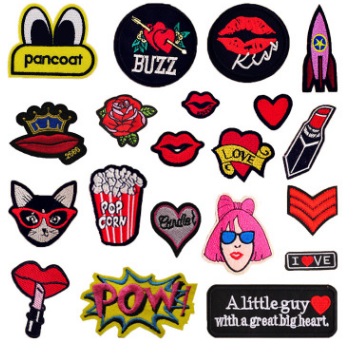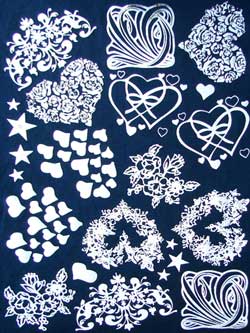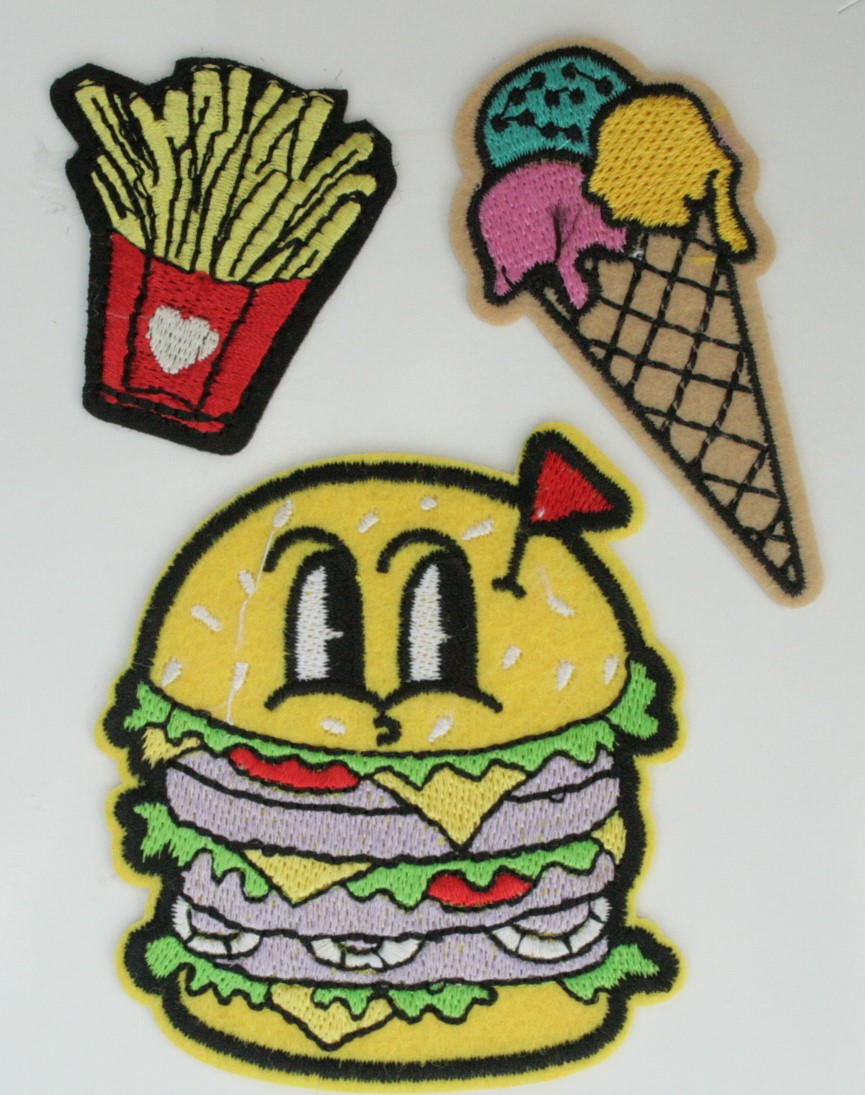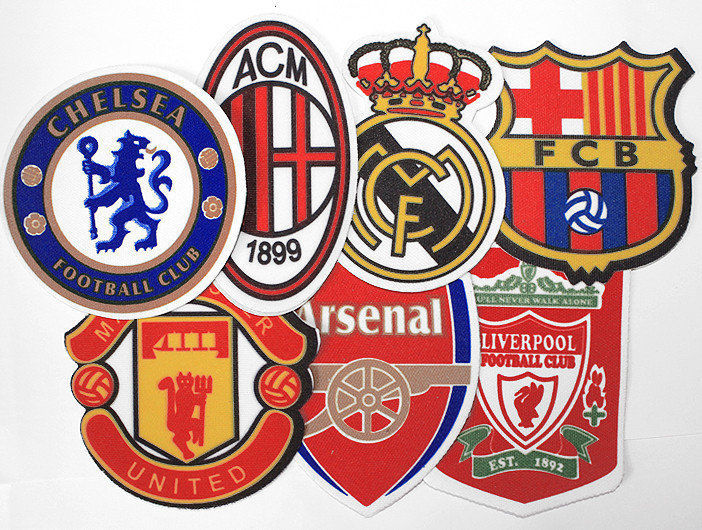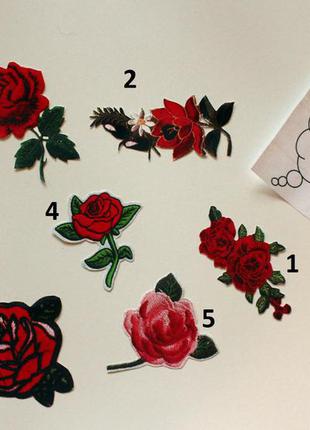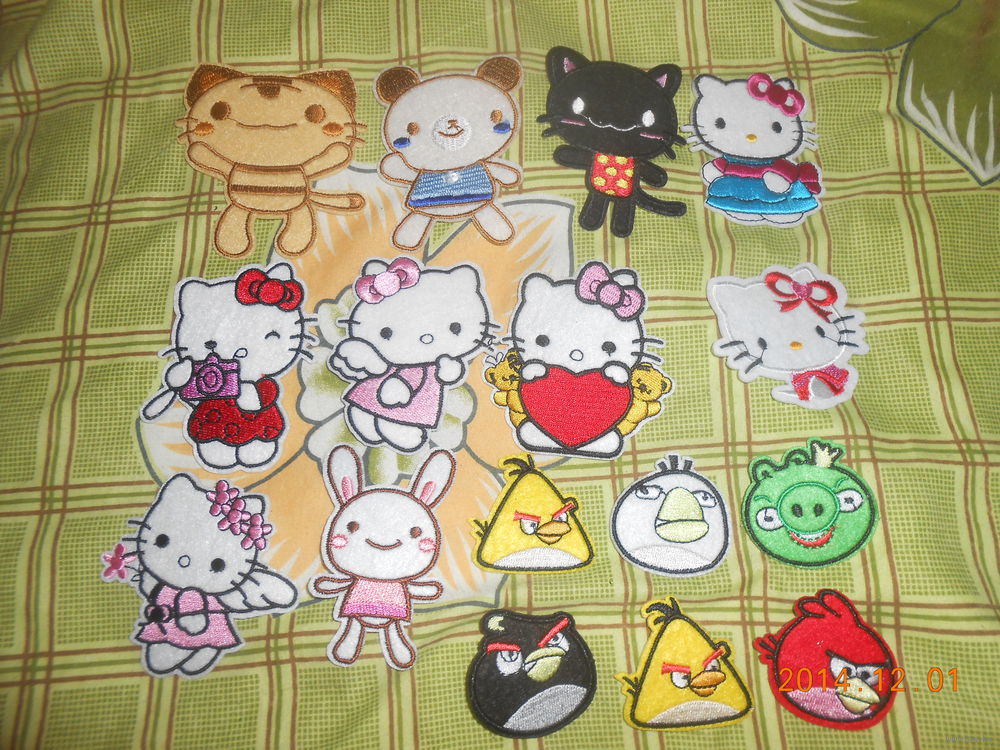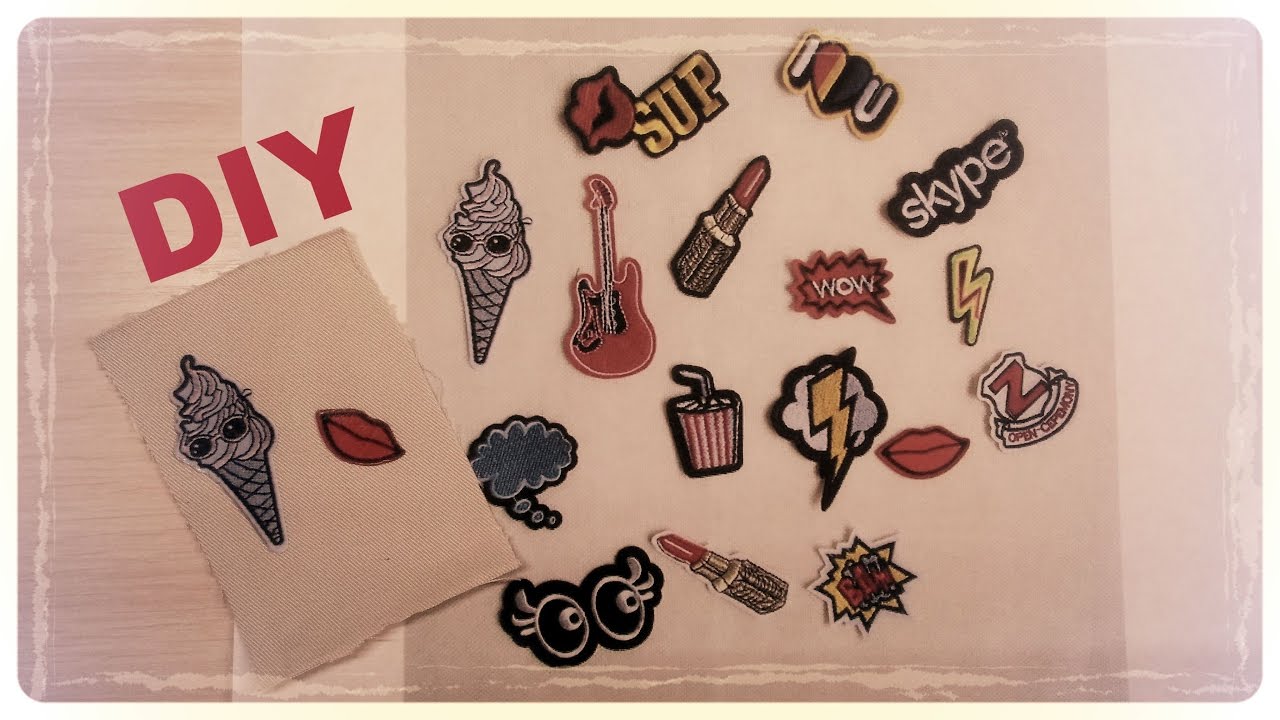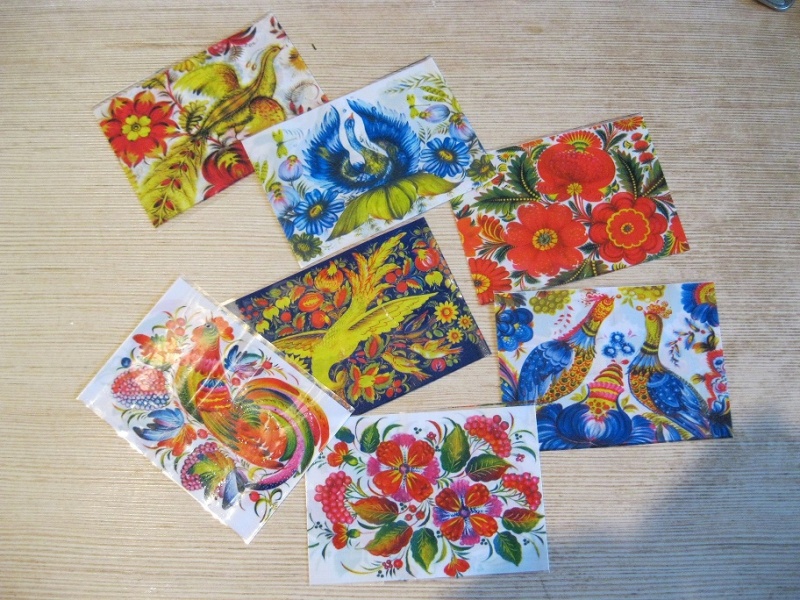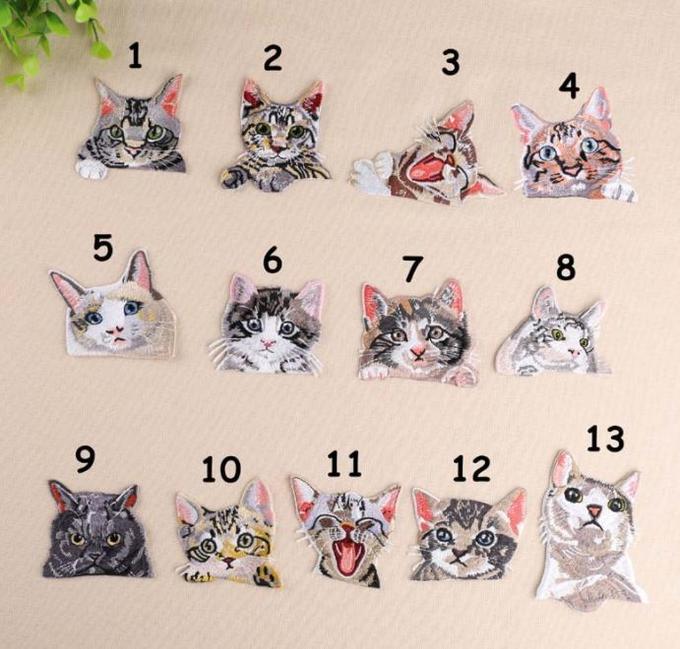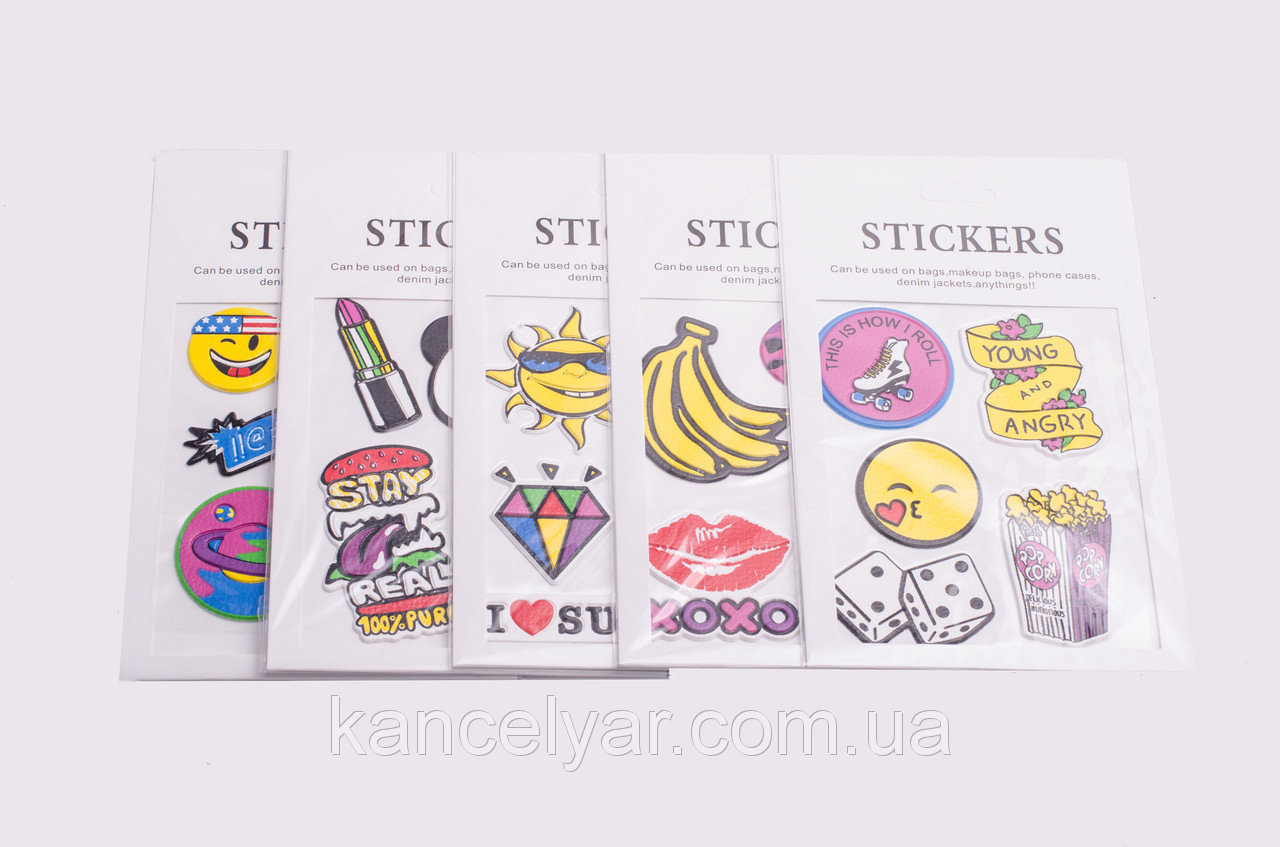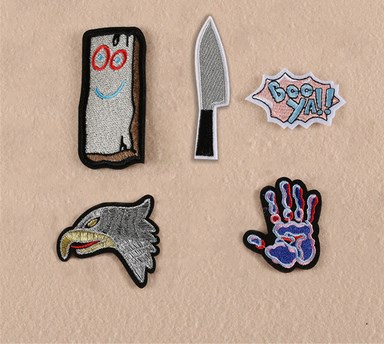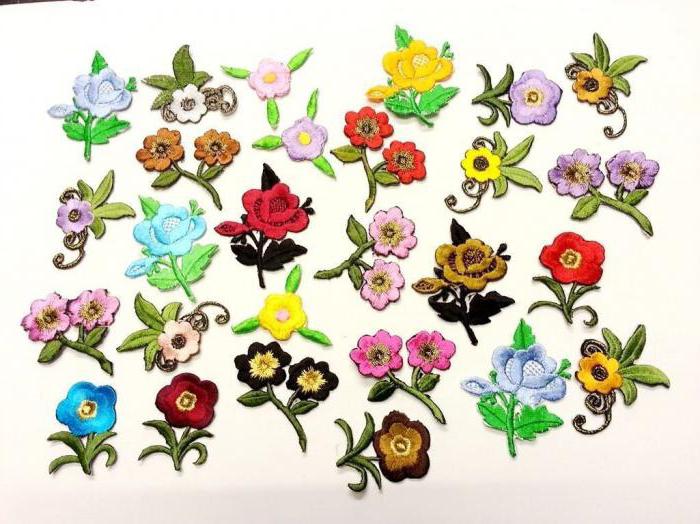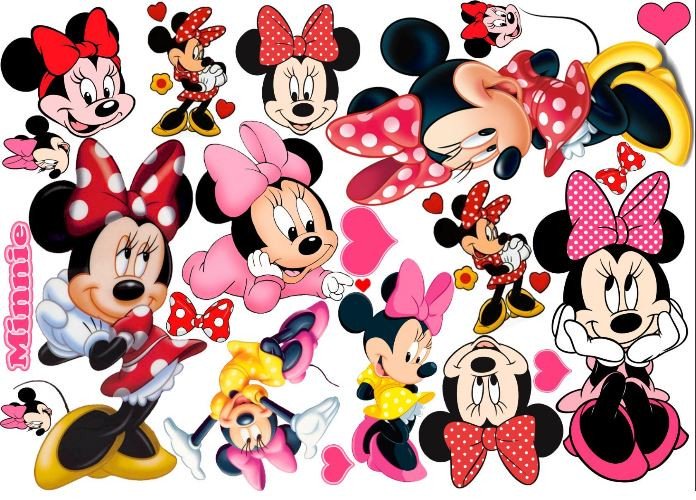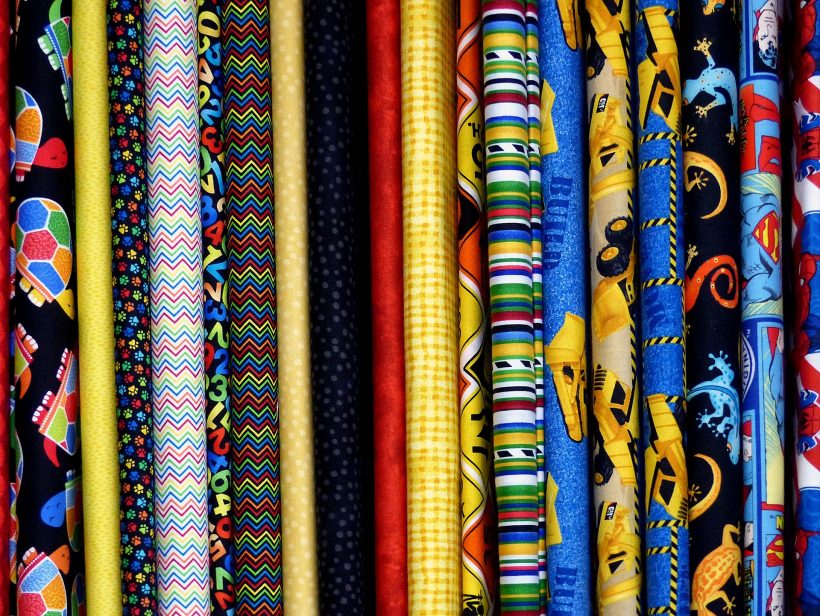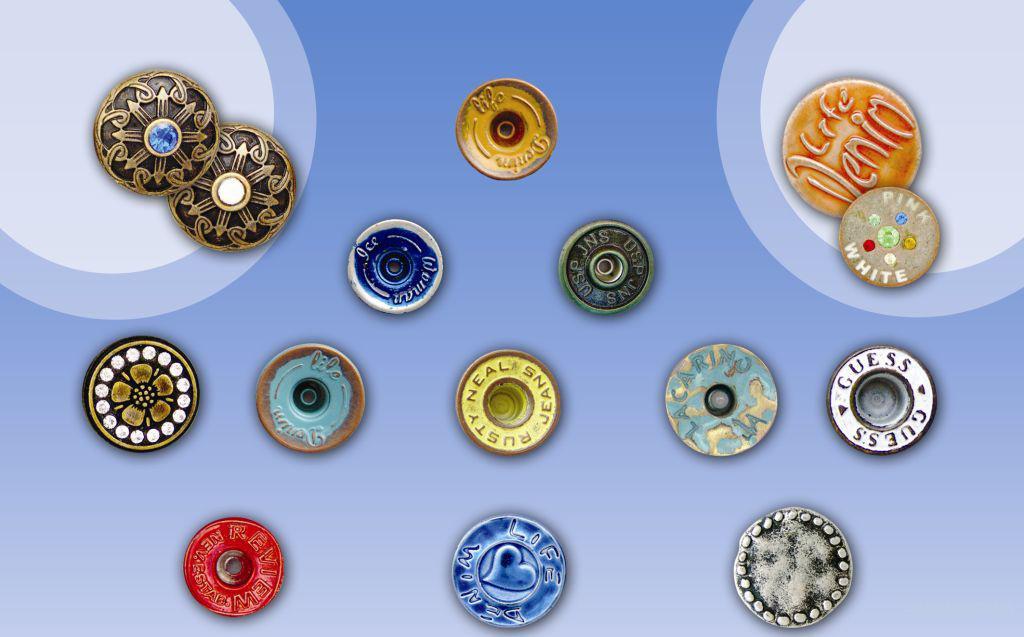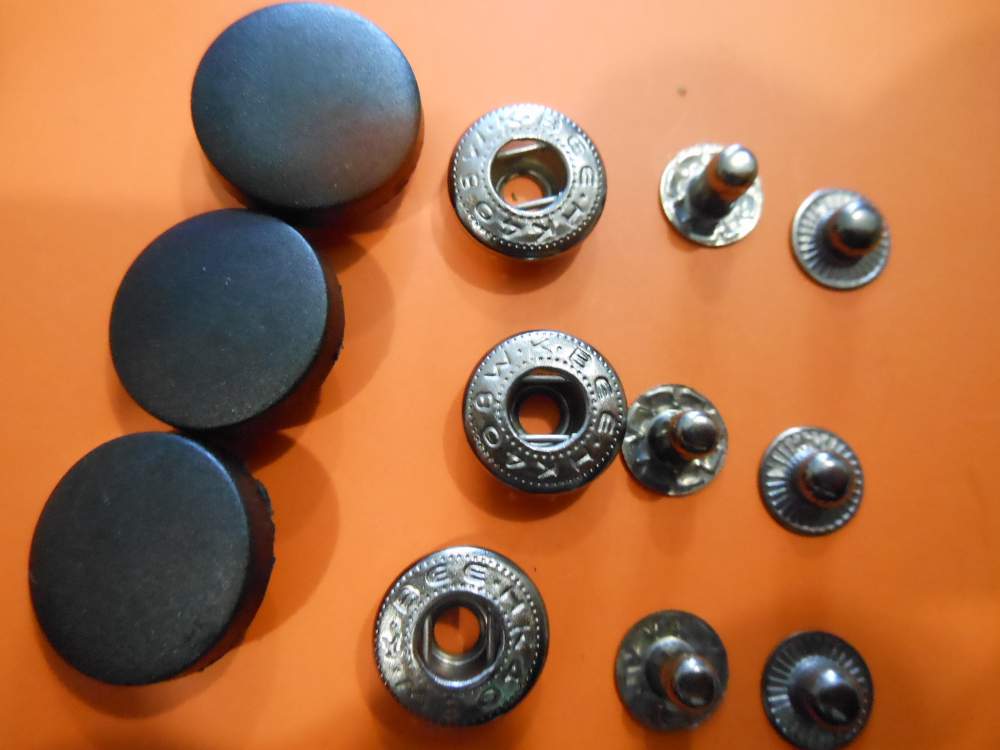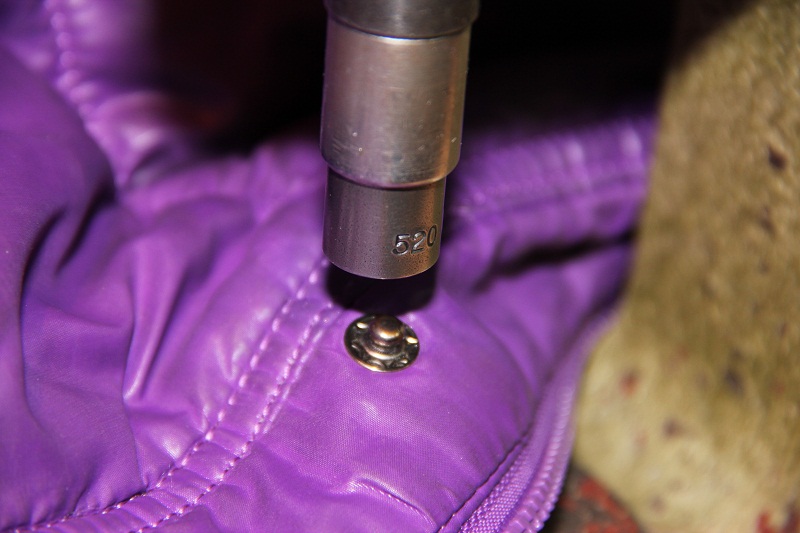Until recently, making appliques on clothes was a complicated and labor-intensive task. But now craft stores offer a wide range of affordable materials for handicrafts. Among them is an original way to decorate fabric - iron-on stickers for clothes, which allow you to transfer any image to the surface of the textile. Iron-on applique is easy to use and practical to wear. Let's take a closer look at what it is needed for and how to use it correctly.
Varieties
There are several types of iron-on stickers. The most common ones are made from heat transfer paper. These stickers are a film with a pattern that is firmly soldered to the fabric using an iron. If you have a printer and good heat transfer paper, you can make a sticker yourself. Usually, iron-on applications have several types.
| View | Peculiarities |
| Flex | Thermal film with a smooth front side. |
| Flock | Thermal film with a velvety surface. |
| Reflective | A special coating reflects any light that hits it at night. |
| Light-accumulating | Photoluminescent film that accumulates light during the day. Capable of glowing in the dark for up to 6-8 hours. |
| Increased elasticity | It is used for highly elastic stretch fabrics, silk, guipure or synthetics. |
| Volumetric | A thick thermal film that creates a relief on the fabric. |
| For "difficult" materials | Stickers designed for workwear with siliconized or water-repellent impregnation. |
| With effects | Thermal film with a metallized, shiny, holographic, glitter or 3D surface. |
Any cotton fabrics, as well as polyester felt, are suitable for using thermal transfer. The main indicator should be the ability to withstand high (about 200 degrees) temperatures for a couple of minutes. The material on which the thermal design is transferred should be light pastel colors, otherwise the color rendition will be of poor quality.
Sublimation heat-seal stickers are no less common. Their difference is that when heated with an iron, only the coloring pigment is transferred to the fabric without a film. Such images are durable when washed and ironed. Sublimation is only suitable for synthetic materials with a polyester content of at least 50% (the higher the percentage, the brighter and more durable the pattern). In addition, the color of the material should be light.
Any heat transfers to clothing should be stored away from sunlight. It is not recommended to fold the stickers in half or tear off the protective film in advance.
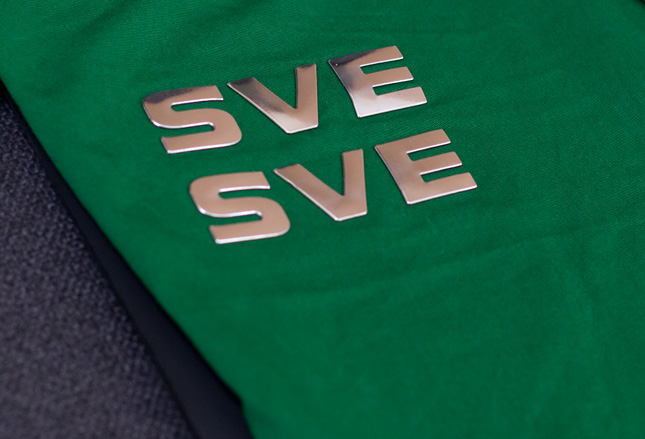
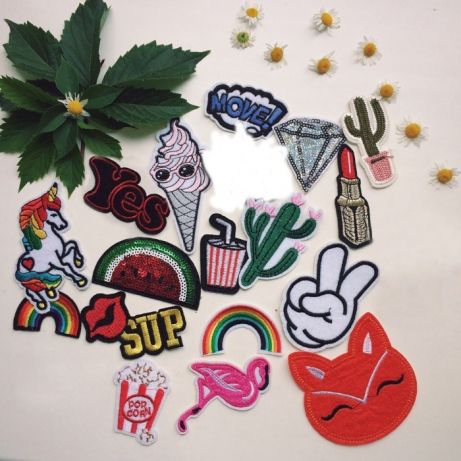
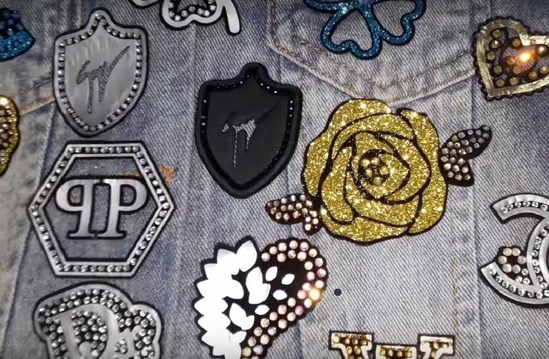


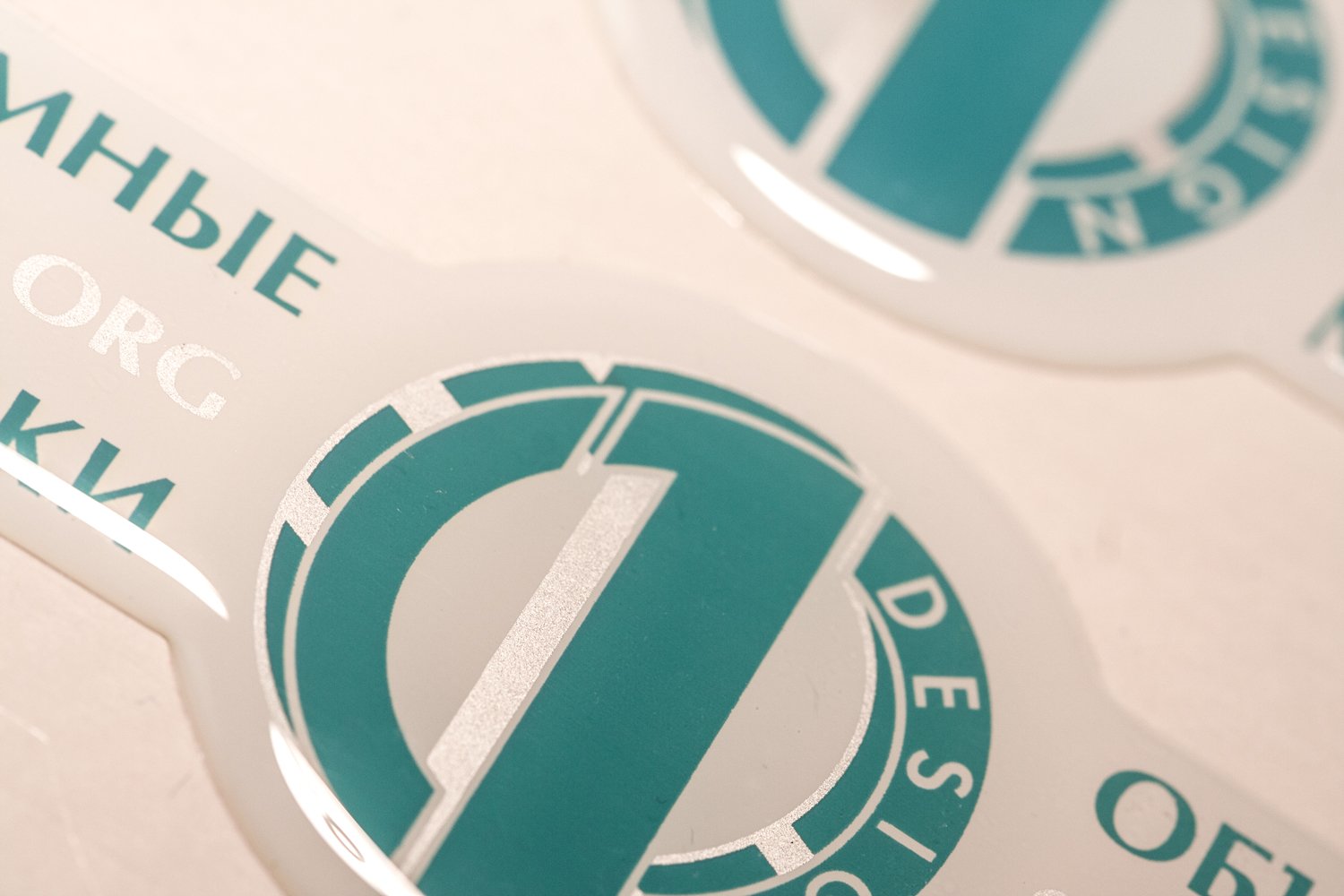

How to apply correctly
Iron-on stickers are convenient and easy to use, and you don’t need any special skills to apply them. All you need is a flat vertical surface and an iron (preferably with an adjustable temperature). To ensure that the applique is securely fixed and stays on the fabric longer, you need to follow a few simple rules immediately before gluing:
- Choose a comfortable, durable surface that can withstand strong pressure;
- Usually, the sticker comes with instructions for using iron-on appliques, which indicate the temperature for transferring the design to the fabric (if there is none, consult the seller). Before gluing, also check what temperature the material can withstand. It is better to test on an inconspicuous area so as not to spoil the clothes;
- Turn off the steam function on the iron and drain the water. To prevent the two sides of the garment from sticking together, it is better to place a piece of thick cardboard between them;
- When the surface is ready, place the garment on it, carefully smoothing the gluing area on both sides;
- Place the iron-on transfer face up on the garment;
- If the sticker does not have a protective film, cover it with tracing paper or a sheet of white paper;
- Apply a hot iron to the design so that it is completely covered. If the design is larger than the surface of the iron, glue it in two stages: first the upper part, then the lower part. Pay special attention to the edges of the design and small elements, pressing them with maximum force;
- Press and hold the iron in one position for about 15 seconds;
- Check carefully whether the applique has stuck. If the corner is pulled by the film, iron the sticker again for 10 seconds;
- Allow the film to cool and carefully remove it from the clothing.
The convenience of iron-on stickers is that you can decorate familiar things or update old ones in a short time. With their help, you can close holes in clothes, “sign” your or your children’s things with a name sticker or create an exclusive image.
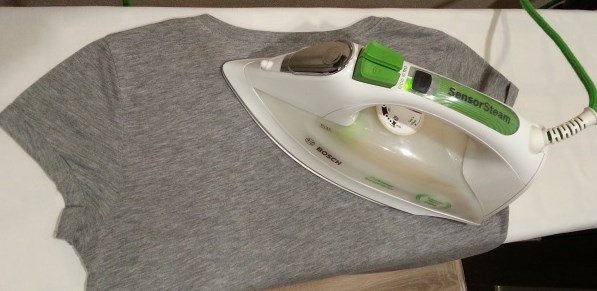
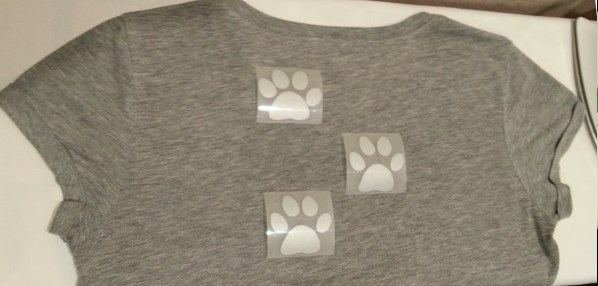
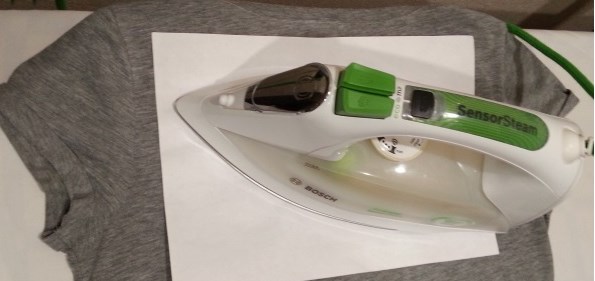
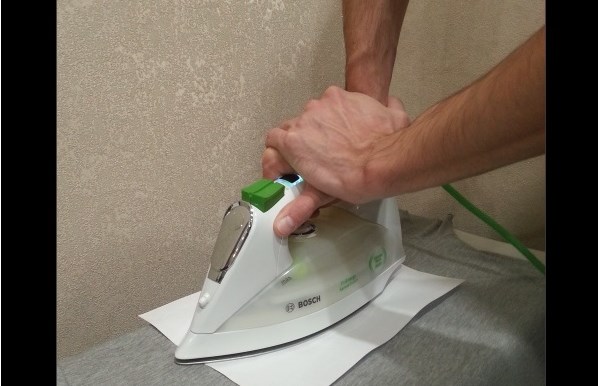

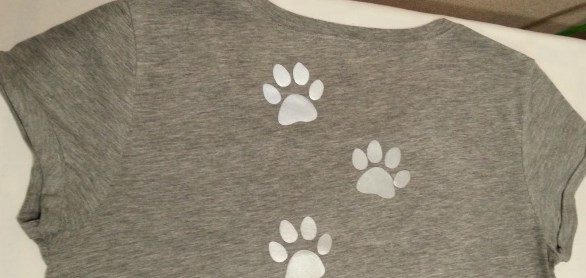
How to remove iron-on transfer from clothing
Unfortunately, even the most interesting prints get boring over time, or we want to know how to remove a heat-sealed sticker from clothes in order to replace old designs with new ones. No methods will work on most factory stickers, but if they were glued on by yourself, then several tips on how to remove an existing applique can help when removing them:
- Using chemicals:
- There are expensive special liquids on sale that remove thermal printing, but you can also use alcohol, acetone or glue remover;
- Turn the garment inside out so that the adhesive side of the design is facing you;
- Then heat the design using a hair dryer or iron at minimum temperature;
- Apply the product in such a quantity that it seeps through the fabric and begins to corrode the glue;
- Stretch and crumple the fabric to separate the iron-on transfer from the clothing;
- After 5 minutes, try to remove the applique from the clothes. If this is difficult, you can repeat the steps again;
- Remove the hot glue with a thin knife.
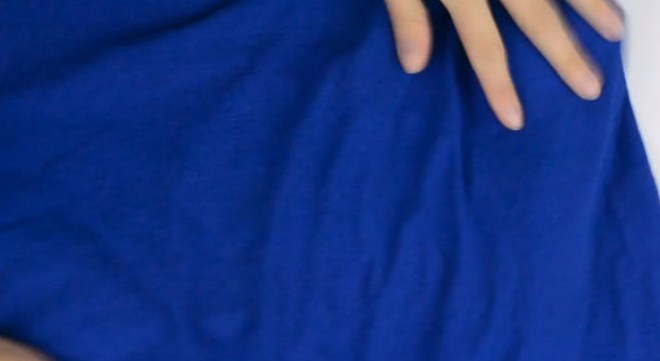

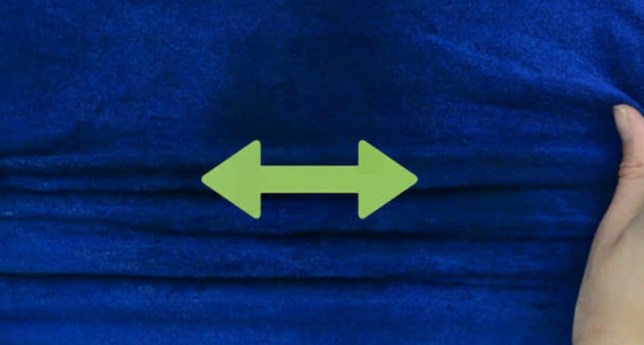

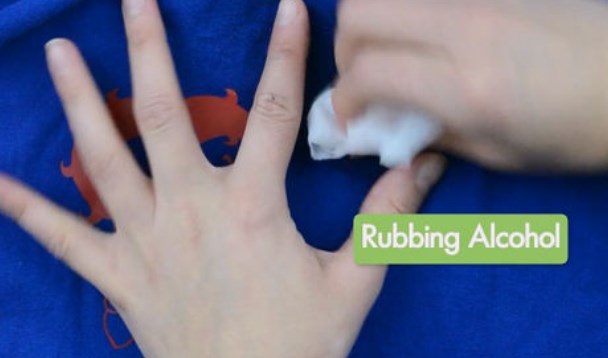

- Using an iron or steam:
- Place the garment on a flat surface. If you want to use an iron, put a piece of cardboard inside to avoid damaging the second layer. If you use a hair dryer, place a thick towel between the two layers;
- Heat the sticker for 2-3 minutes. If you use an iron, turn on the steaming mode;
- Try to remove the applique using a knife. When the sticker cools down, treat it again with steam or hot air;
- Remove any remaining hot glue.
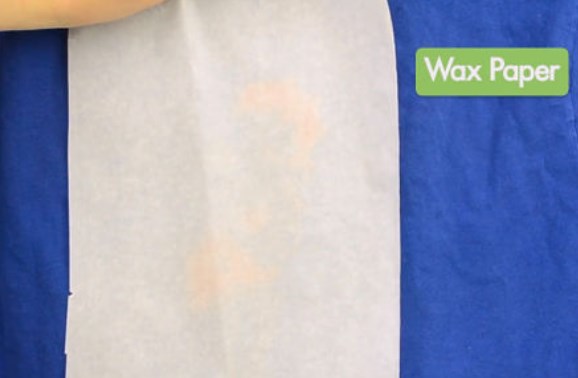

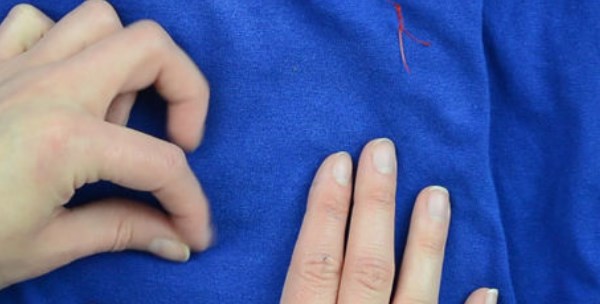

Before removing the sticker, carefully read the ironing temperature indicated on the label. Do not exceed it, otherwise the fabric may be damaged. After all procedures, wash the item thoroughly to remove traces of glue. Remember that if you start removing the applique, you will not be able to use the sticker a second time, since the adhesive surface will be destroyed. But if you follow simple rules, the clothes will not be damaged, and the old sticker can be replaced with a new one.
Video


